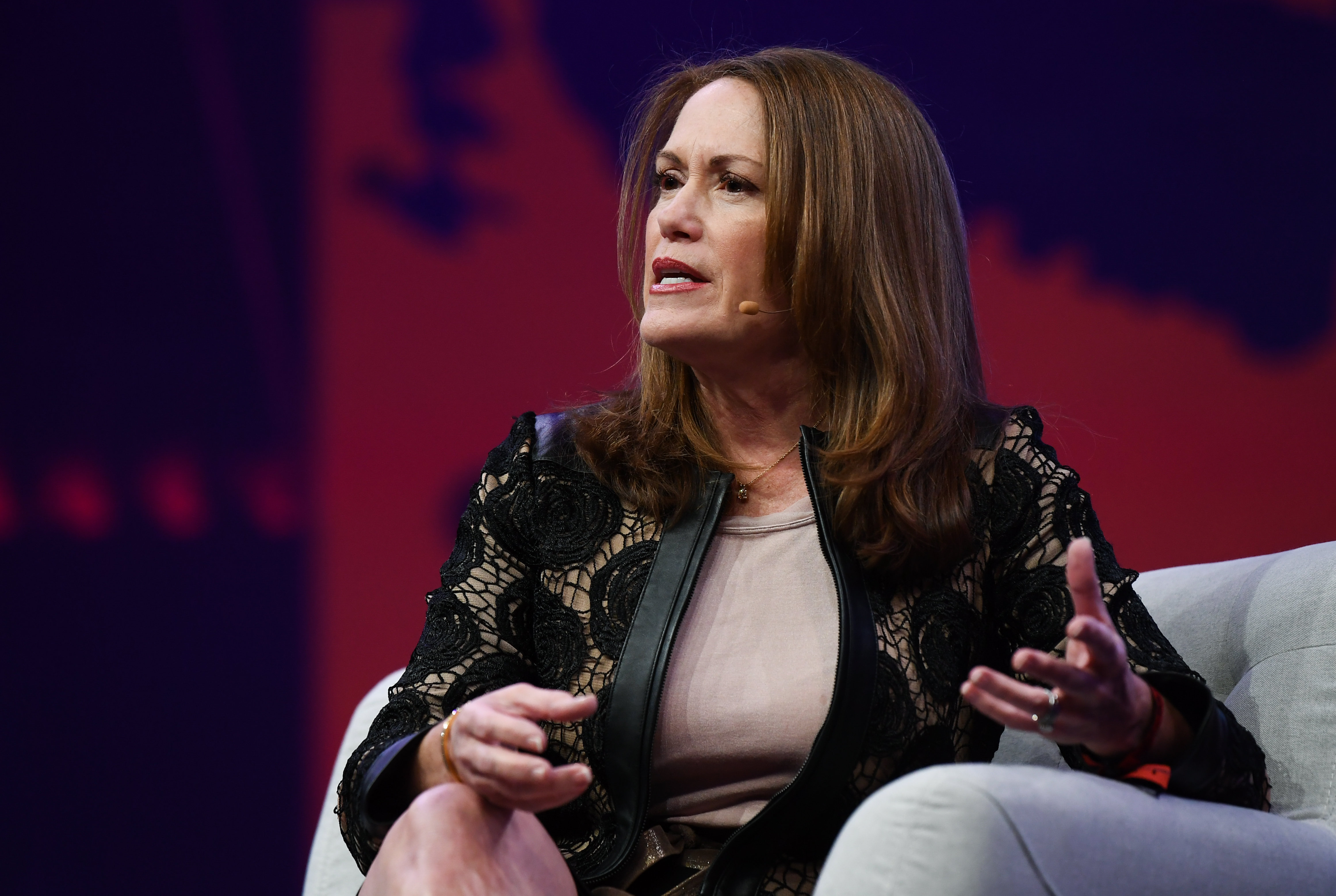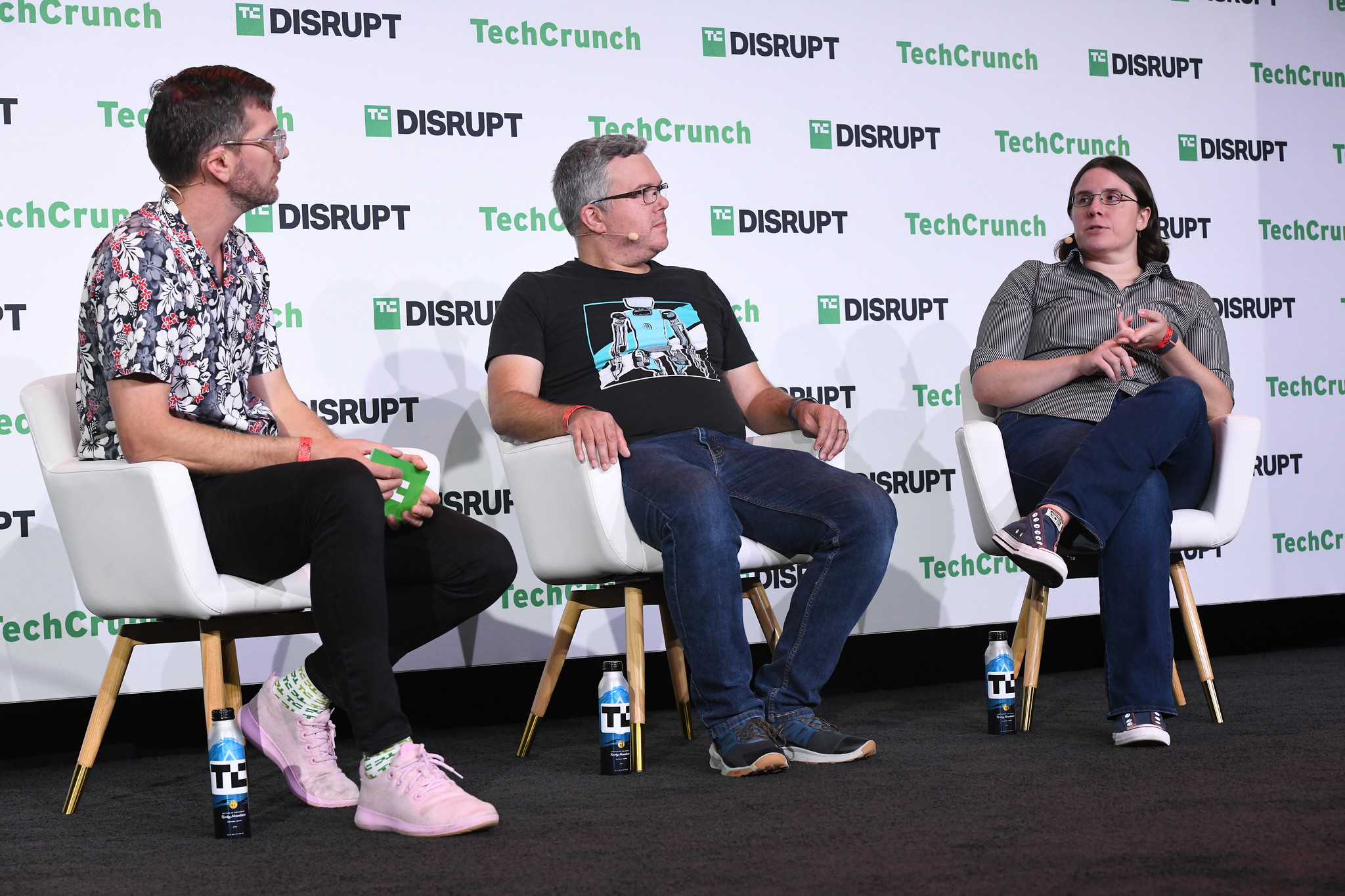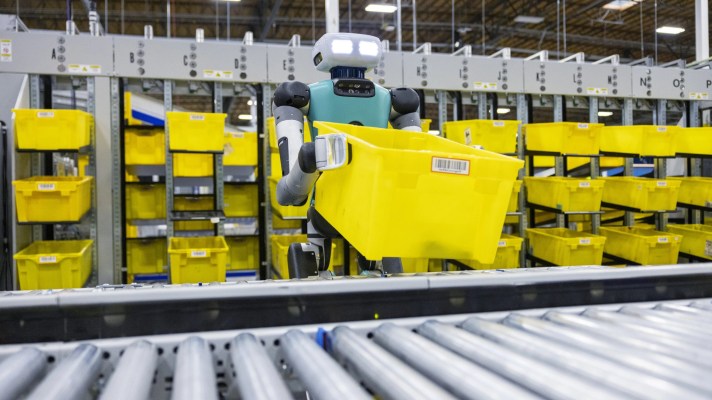There was nothing else like Digit on the ProMat floor last year. The manufacturing supply chain event has gradually morphed into a tech show in recent years. Many of the biggest names in the space were present, showcasing autonomous mobile robots (AMRs), bin picking arms and automated storage and retrieval systems. But Agility’s small army of bipedal robots were all anyone could talk about.
One year later, the conversation has changed. The notion of humanoid robots working in factories no longer feels like some distant fantasy. Certainly, there’s a validation in last week’s $675 million fundraise by competitor Figure. Interest in humanoid robots is at an all-time high, and deep-pocket investors no longer consider it a pipe dream.
Videos shot at last March’s event spread wide online, exposing Agility’s robot to its largest audience yet. The demos captured something fundamental about the industrial robotics sector, as highly complex and technically impressive bots repeated the same dull activity over and over — in this case, moving totes back and forth between a wall and conveyor belt. According to Agility co-founder Damion Shelton, it was here that the then-CEO began to explore succession plans.
“When we got through ProMat last year, that was really the point where I’m like, ‘okay, the company is very different now than when we founded it,” Shelton told TechCrunch. “That was really the first time we had shown the robotics publicly doing work — but also, frankly, the first time anyone had shown humanoid [robots] doing work. So that was really the catalyst. We kicked off a search process last August.”
Two months prior to the event, Agility brought on Apple/iPad vet Aindrea Campbell as COO, to handle the company’s quickly scaling manufacturing plans. Four months later, Shelton’s co-founder, Jonathan Hurst, stepped down from the CTO role, transitioning to the more research-focused chief robotics officer position. Melonee Wise — who had most recently worked at Zebra after the logistics firm acquired her AMR startup, Fetch — replaced Hurst.

Toronto , Canada – 21 May 2019; Peggy Johnson, Executive Vice President, Business Development, Microsoft, on Centre Stage during day one of Collision 2019 at Enercare Center in Toronto, Canada. (Photo By Stephen McCarthy/Sportsfile via Getty Images)
This week, Agility named Microsoft veteran Peggy Johnson its second-ever CEO. With this, the company is, perhaps, unique among its peers in having female executives in five C-Suite roles. Unlike Wise, Johnson lacks her predecessor’s robotics background. She does, however, have a long track record in the tech world. Her career began at mobile chip giant Qualcomm, where she’d ultimately spend a quarter century.
She spent the next half-dozen years at Microsoft, where she helped lead the HoloLens team — a gig she leveraged to become the CEO of Magic Leap. She spent three years there pivoting the well-funded but struggling augmented reality firm from consumer gaming to enterprise applications. As of this writing, the success of that particular endeavor is still very much an open question.
Following yesterday’s announcement, Johnson joined a call with Shelton and myself. She had finished running the Tokyo marathon the day prior, but we managed to find a sliver of time that aligned with all three time zones. Johnson reflected on the parallels and difference between Agility and her previous gig.
“How its similar is it’s very much an exciting product and technology, with a need and demand for it,” she explained. “The difference is that Agility has found product-market fit, which really is what drew me in. Today, right now, Digit can provide ROI to customers. And they’re not trying to boil the ocean. They’re just focused on a handful of use cases that Digit can provide value for.”
Perhaps the biggest difference between Agility and the growing army of humanoid robotics startups is its sizable head start. The firm was founded in 2015 as a spinoff of Hurst’s work on legged robotics at Oregon State University. Digit made its public debut at CES four years later, as part of a partnership with Ford. At the time, Agility saw last-mile delivery as the most logical market fit. That deal, however, didn’t bear any fruit, as the company pivoted to the booming world of warehouse automation.

Image Credits: Mark Reinertson/The Photo Group / Flickr (opens in a new window) under a CC BY 2.0 (opens in a new window) license.
The Oregon-based firm currently employs more than 200 people. It won’t disclose the number of Digits it has shipped yet, only noting that it built around 60 units of an earlier version.
During our conversation, Shelton mentioned Digit’s ability to traverse uneven terrain, adding, “I would love for us to, at some point, get back to things like last-mile delivery.” For the time being, however, warehouse work is very much the robot’s focus. Specifically, the robot is capable of moving totes of various shapes and sizes around the floor. That is precisely how the robot was deployed during select Amazon pilots announced last year.
“It went really well,” said Shelton. “We’re excited to continue with them as a partner, but no major updates since the event last fall.
Johnson said Digit’s ability to get work done today was a big driver in her decision to lead the company, following her first conversation with Shelton a little over a month ago. “From the outside looking in at Agility, I like their focus on the here and now,” she explained. “What can the robot do today to deliver value? Obviously, there’s a roadmap of features ahead that incorporate elements of AI, that incorporate hardware elements, that incorporate software elements, but for today, right now delivering value, they are spot on. As [Shelton] said, there’s really no one else doing what Agility is doing right now for customers today.”
The AI mention was, in part, a reference to work recently showcased by the company that uses LLMs to help Digit adjust to the ever-changing real world in front of it. Interest in the category has — no doubt — been a major driver in investor interest for the ways it can potentially impact how robots learn and interact with the world.
While Agility isn’t explicitly looking to raise at the moment, the company says the possibility is always on the table. “The data point is out there,” Johnson says of Figure’s recent jaw-dropping $2.6 billion valuation. “All boats rise with those kinds of headlines, and we will certainly leverage that.”
Shelton is quick to note that Agility’s last valuation came with a fundraising round some three years back.
